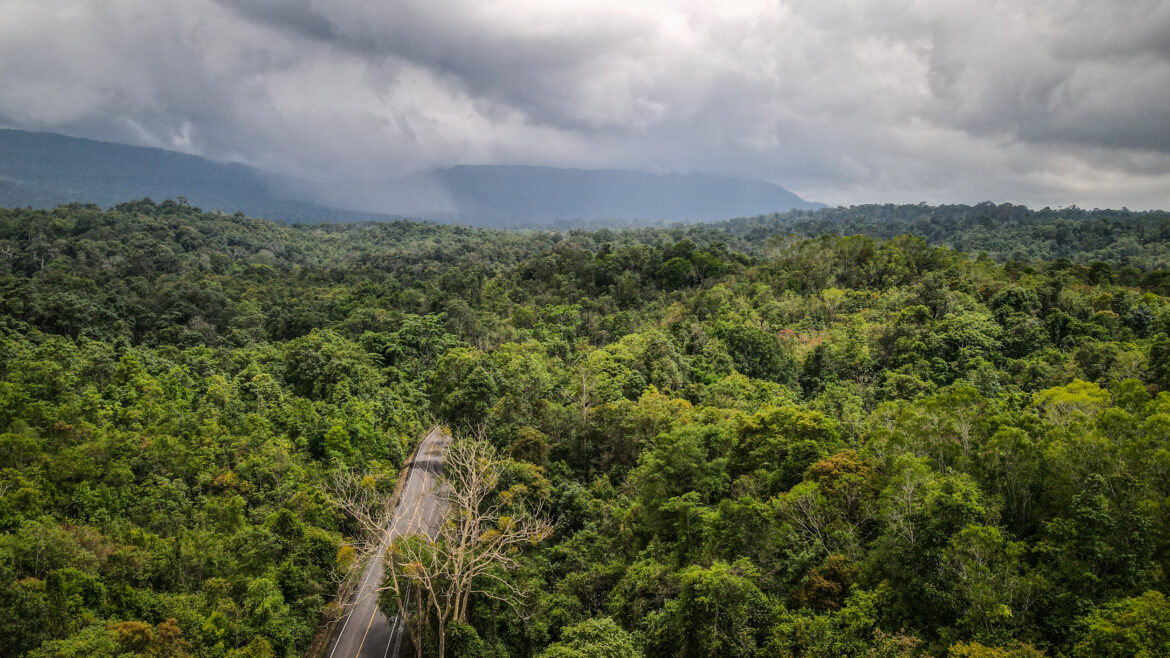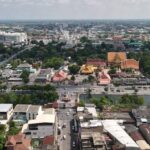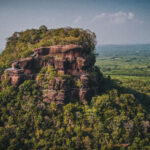Located in Thailand’s Nakhon Ratchasima Province, Khao Yai National Park has a long and fascinating history. It was established as the country’s first national park in 1962 and is now one of the most popular tourist destinations not far from Bangkok. The area is home to stunning waterfalls, rainforests, mountains, as well as elephants, and other incredible wildlife. Read on to discover the amazing attractions that await you inside and outside of the park!
How to get there?
Khao Yai National Park is located about 180 kilometres northeast of Bangkok and about 3-4 hours’ drive from the capital. If travelling by public transport, the best option would be to take a train or bus from Bangkok to Pak Chong and then hail a taxi, take a songthaew or rent a motorbike for a one-hour drive to the Khao Yai.
You may also check your connections at 12Go.Asia.
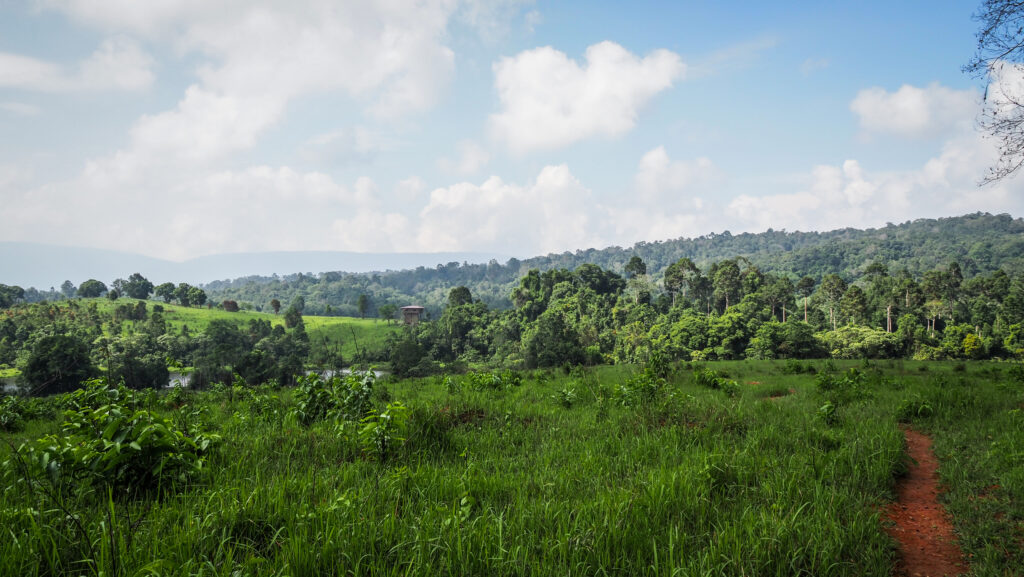
When to go?
The park can be visited during the whole year, however, the chances of animal encounters or the size of waterfalls will vary significantly.
The hot seasons last from March to May. While it isn’t as hot as it is in the cities, the rainfall is very low and waterfalls aren’t too impressive, or some may even dry up completely. The advantage is a minimal number of leeches.
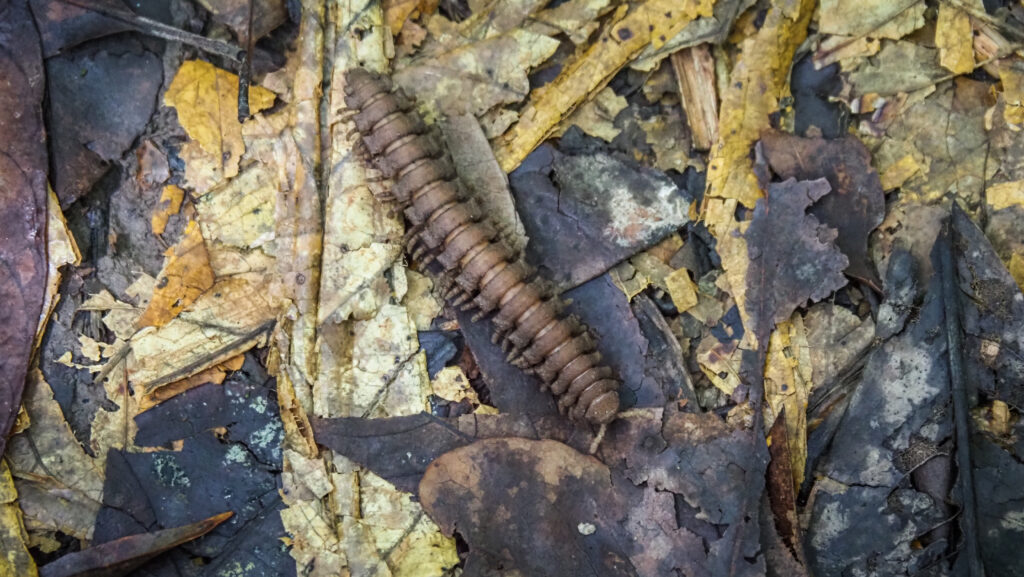
The rainy season lasts from June to September. Waterfalls are and their best and you can hear a loud noise of flowing water even from a distance. The vegetation is green and dense. Unfortunately, there are plenty of leeches so you will need to be extra careful.
The cool season lasts from October to February and the average temperatures are the lowest during the year. It can get especially cold in the mountains during the night. The skies are blue and the visibility is excellent. As this period is just after the end of the rainy season, the waterfalls are still nice to see, especially in October.
Where to stay?
I decided to stay in Pak Chong, which is a bigger town not far from the national park. I recommend this option for people working online, as it may be hard to find reliable WIFI in nature. The place I stayed in was called Pak Chong Hostel & Wildlife Tours and it was excellent. The room is simple and only with a fan, but it was just enough for me. The owner is incredibly friendly. He picked me out from the train station, took me for lunch, rented a motorbike, explained the best things to do in the park and even provided me with leech socks. He also organizes tours, which may be a good option in case you are travelling in a bigger group. The only disadvantage of staying in Pak Chong is the distance to the national park entrance gate. It’s about 30 km and 40 minutes of riding a motorbike.
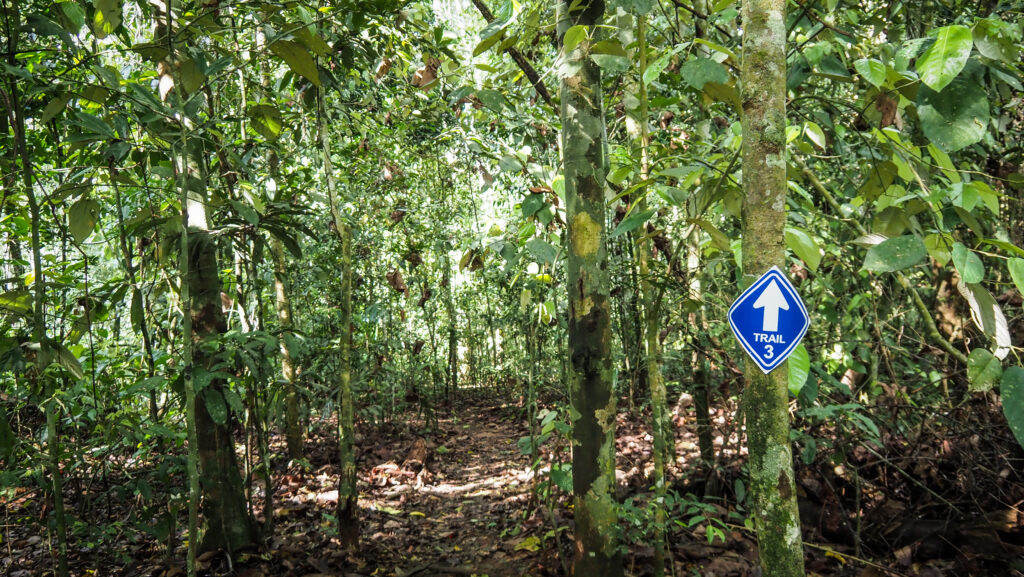
For those without the need of being connected to the Internet, the best would be to stay at a campsite or in a bungalow inside the park. It would give you much higher chances for encounters with wildlife at dawn and dusk.
What to take?
It’s a tropical environment and there are a few items that you definitely should take with you, to make your trip enjoyable and safe.
1. Sunscreen
2. Insect Repellent
3. Leech socks
4. Hat
5. Sunglasses
6. Lightweight and comfortable clothing
7. Trekking shoes
8. Water bottle
9. Snacks
10. Raincoat or poncho
11. First aid kit
12. Camera
13. Binoculars
14. Map of the park
Entrance fee
The ticket is quite pricey compared to other national parks in Thailand, but taking into consideration its size, it’s understandable. As of May 2023, foreign adults will pay 400 THB and children 200 THB. Thai citizens of course will pay much less, 40 THB for adults and 20 THB for children. Unfortunately, the double price policy is quite standard in this country. There is a small additional fee if you are entering the park with a motorbike or car.
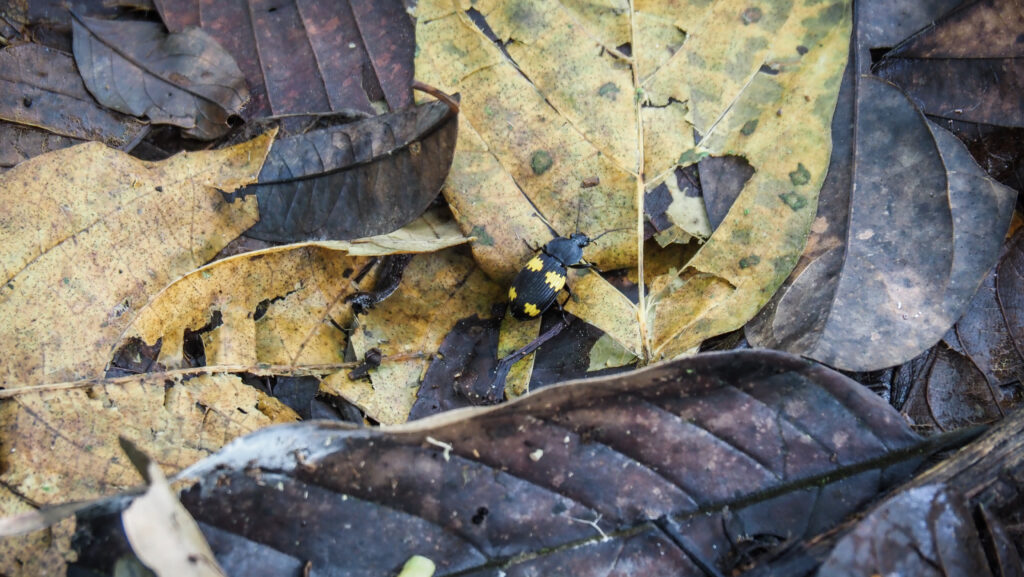
What to do inside the park
Chao Phor Khao Yai Shrine
It is the first sight that you will see when entering the national park from the Pak Chong side. The shrine was erected in memory of Mr Jang Nisaisat, the individual who had protected the animals and forest of Khao Yai and was widely respected by local villagers.
Km. 30 Viewpoint
Shortly after passing the shrine, you will encounter this beautiful viewpoint. It faces the north and in the morning there is often a sea of mist below the mountain range.
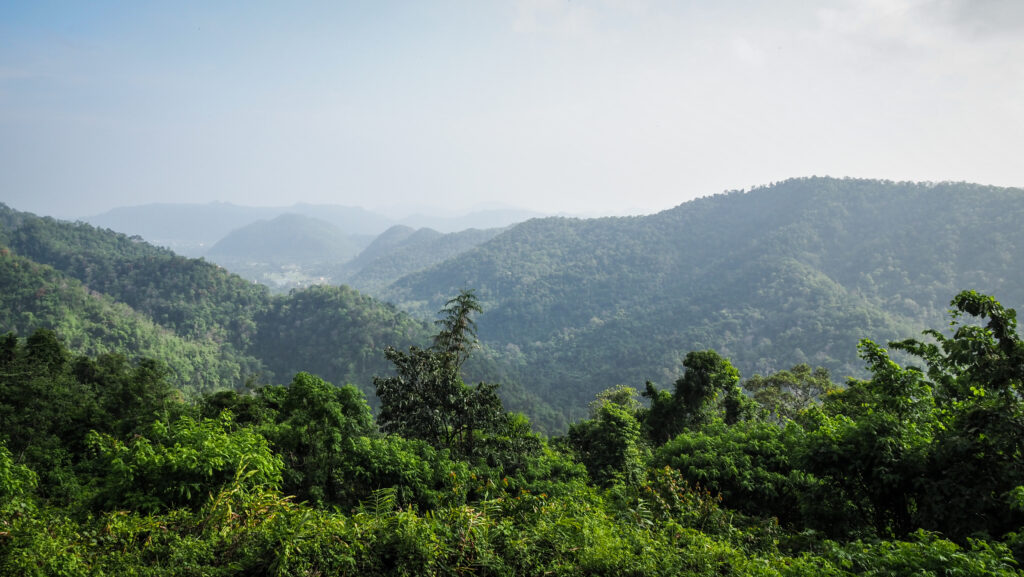
Trail #3: Km. 33 – Nong Phak Chi
Distance: 4.2 km one-way
Time: 2.5 – 3 hours
The trail starts at the roadside by the Km. 33 milestone. It was highly recommended by my host in Pak Chong to hike it first and preferably do it in the early morning. He was right! It was definitely the highlight of my visit. You will see different types of vegetation: mature dry forest, secondary forest and grassland. I saw hornbills, gibbons and some other insects. The sound made by gibbons was amazing! Closer to Nong Phak Chi Observation Tower, you can see some traces of elephants as they come near the water sources and salt licks. Unfortunately, I didn’t see any at that time.
From the observation tower, you may either hike back the same way or continue to the asphalt road and hitchhike back to your car or motorbike. The trail can be started between 8 AM and 2 PM.
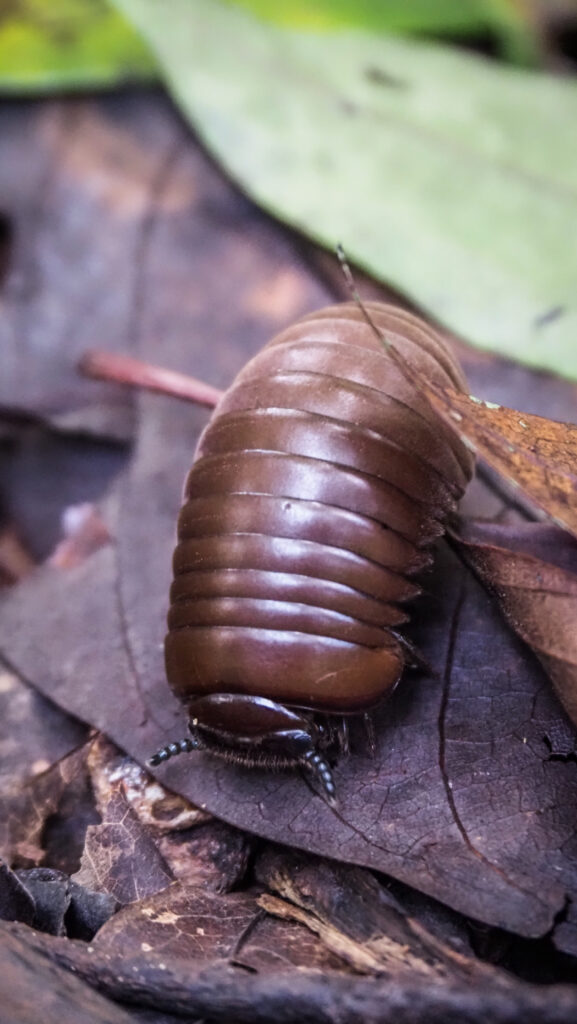
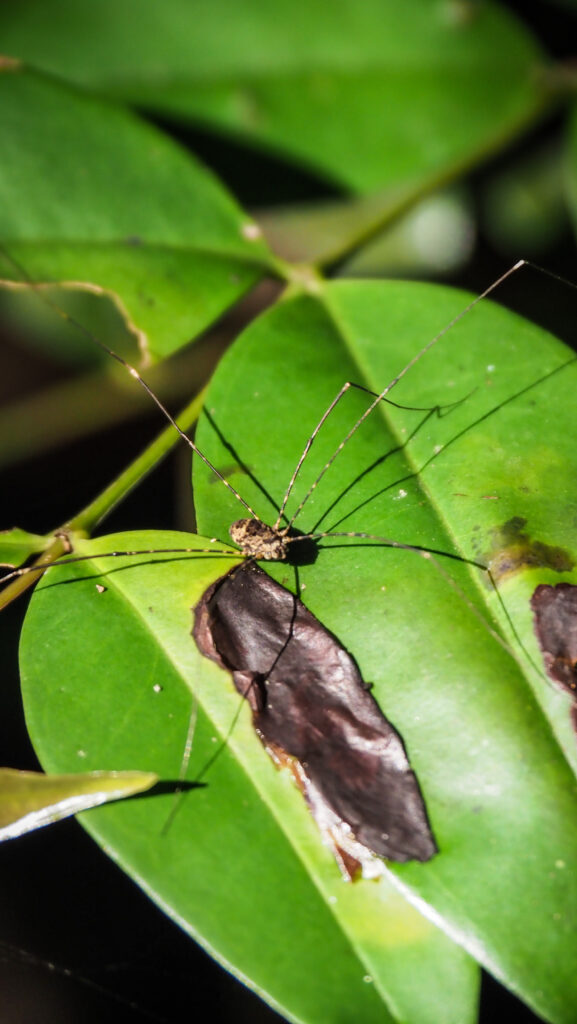
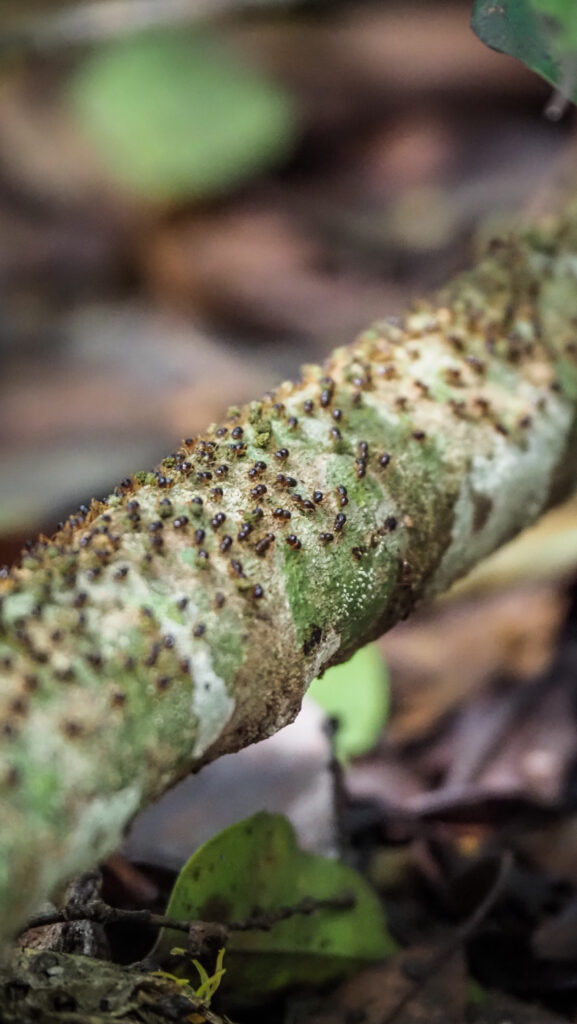
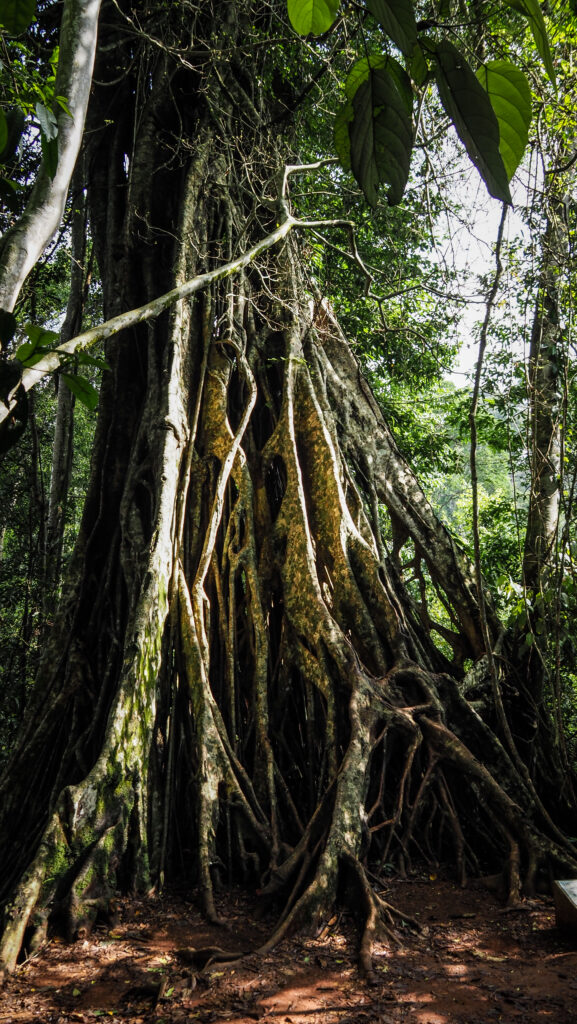
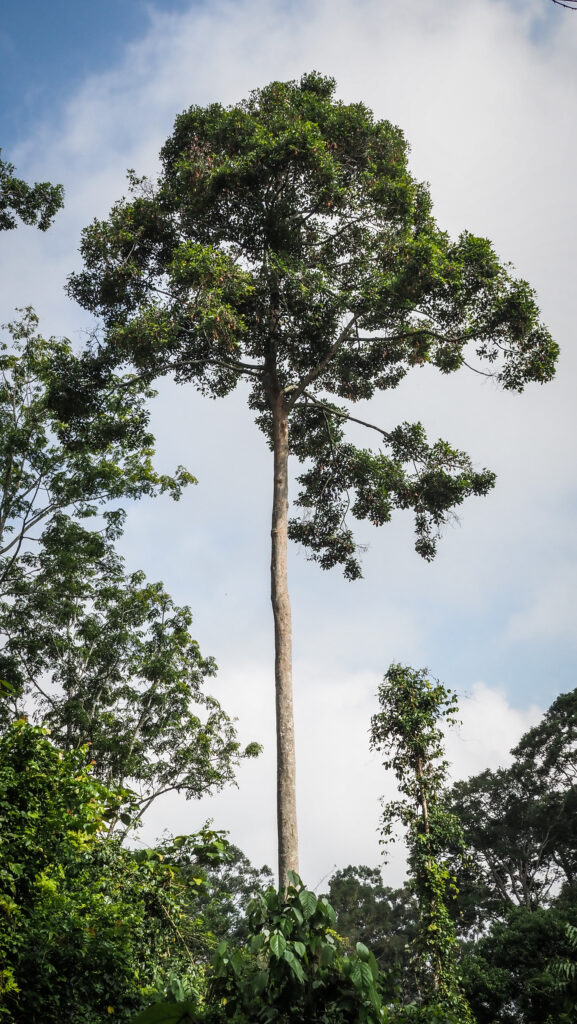
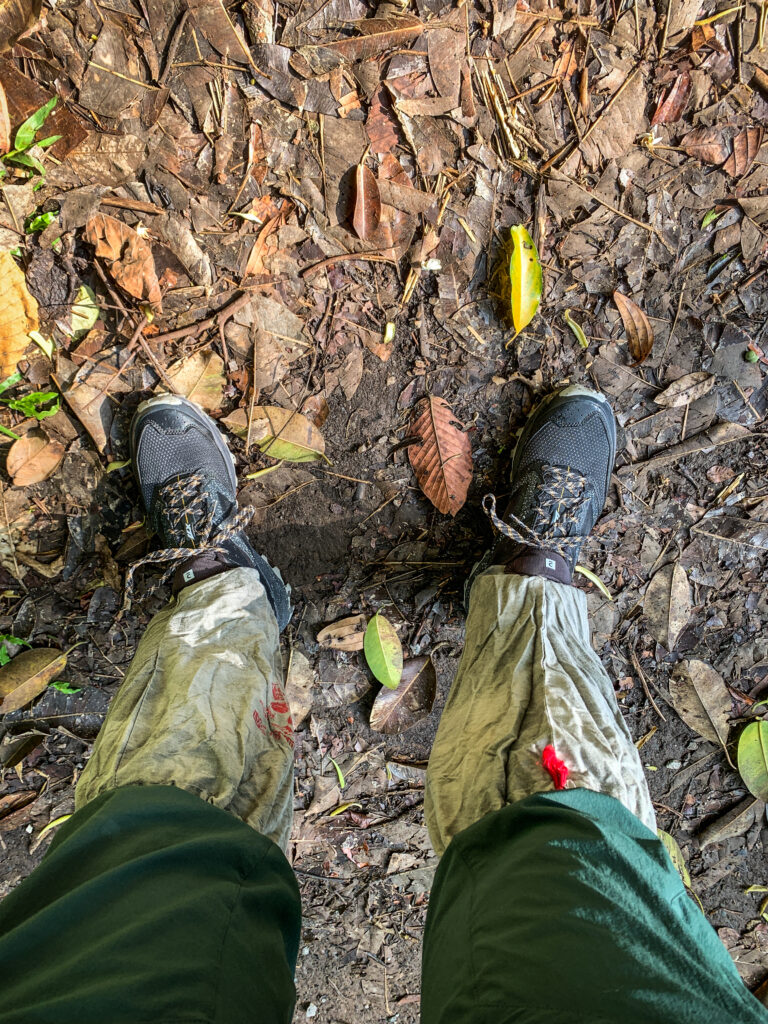
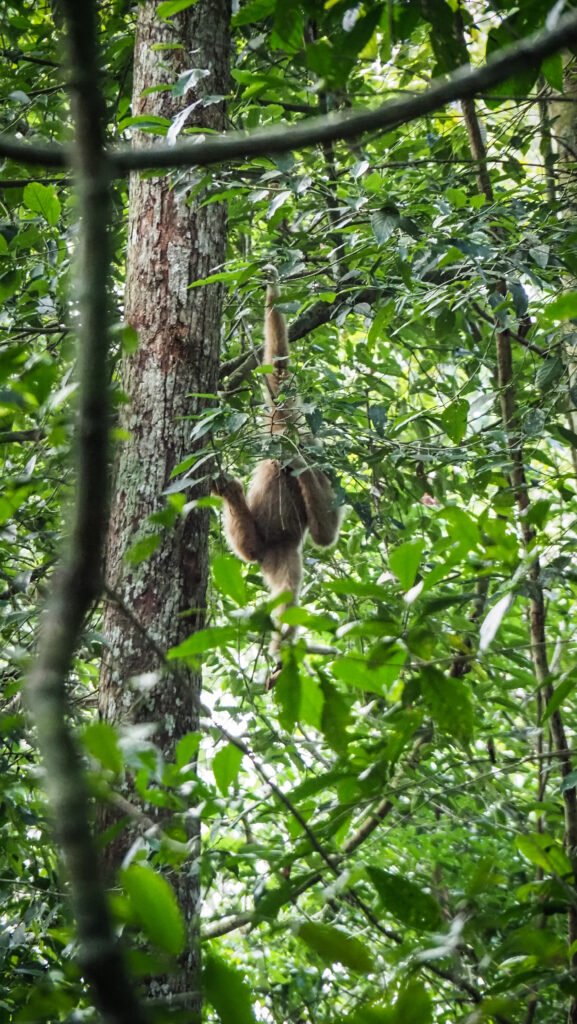
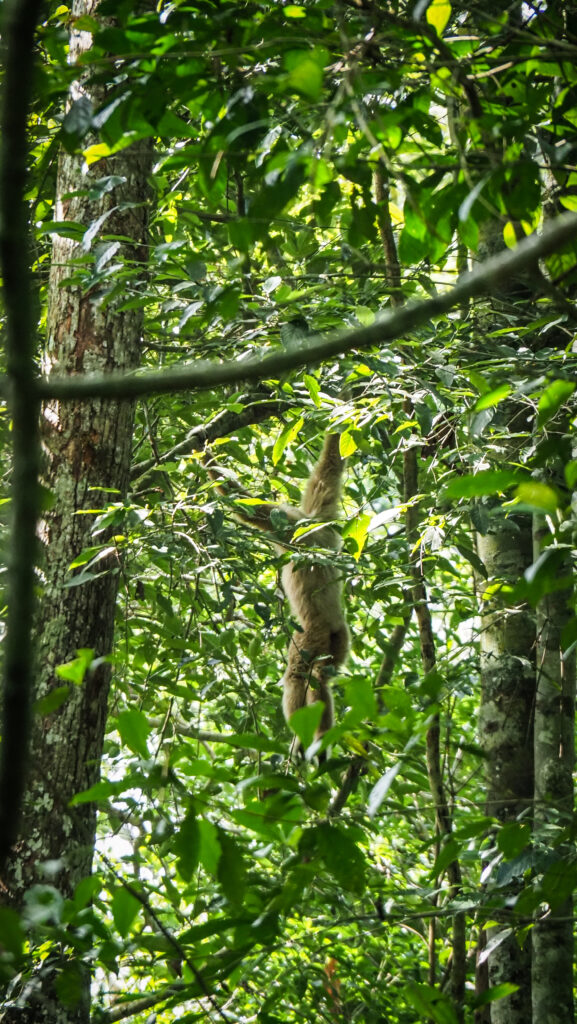
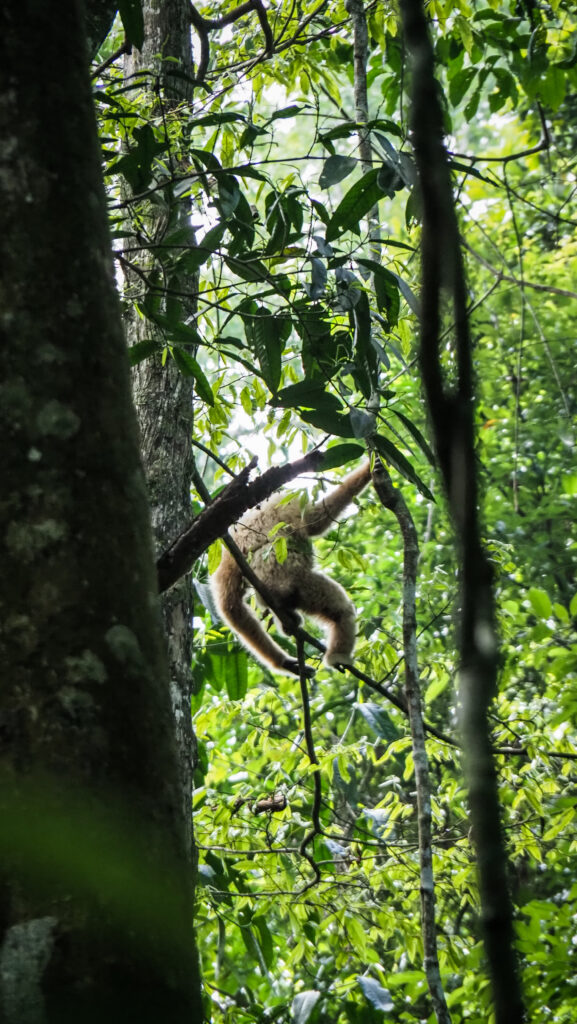
Trail #5: Dong Tiw – Nong Phak Chi
Distance: 5.5 km one-way
Time: 3 hours
The trail can be combined with #3 in one big loop. It starts at the side of Thanarat Road about 200m from the Visitor Center at Sai Sorn Reservoir and finishes around Nong Phak Chi Observation Tower. The highlight of this trail is a giant Baing tree which is centuries old.
The trail can be started between 8 AM and 2 PM.
Trail #4: Dong Tiw – Sai Sorn Reservoir
Distance: 2.7 km one-way
Time: 1.5 – 2 hours
This one-way trail leads to Sai Sorn Reservoir, a beautiful spot to watch the sunset. It is just a much shorter version of trail #5. In the rainy season, you may see a beautiful array of flowers such as balloon plants, begonia and mossiata. The trail also connects with #5 and #7.
Trail #7: Thai-American Friendship Trail
Distance: 2 km loop
Time: 1.5 hours
It starts and ends at the Ridge of Sai Sorn Reservoir. The trail celebrates the long and friendly relations between Thailand and the USA. You will walk through dry forest, secondary forest and grassland. Frequently encountered wildlife include the Siamese Fireback, silver pheasant, gibbons and hornbills.
Trail #1: Visitor Center – Kong Kaew Waterfall
Distance: 1.2 km loop
Time: 45 mins – 1 hour
The trail begins at the hanging bridge behind the Visitor Center. This is the shortest and the easiest trail in the national park. Animals encountered might include the Lar gibbon, pileated gibbon and various birds. At the end of the trail is a small Kong Kaew Waterfall. Nothing too impressive but a pleasant place to rest next to the stream with volcanic rocks.
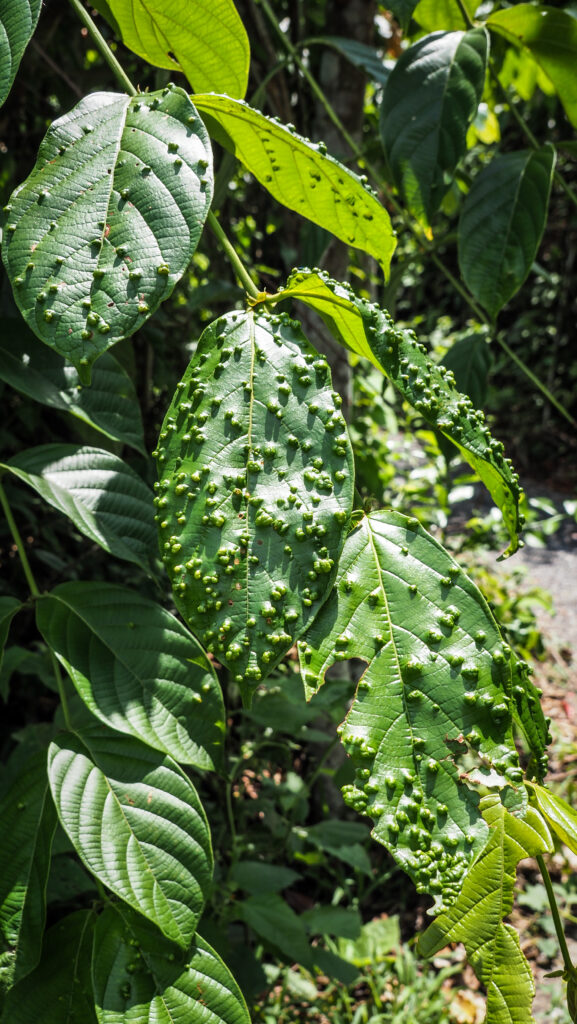
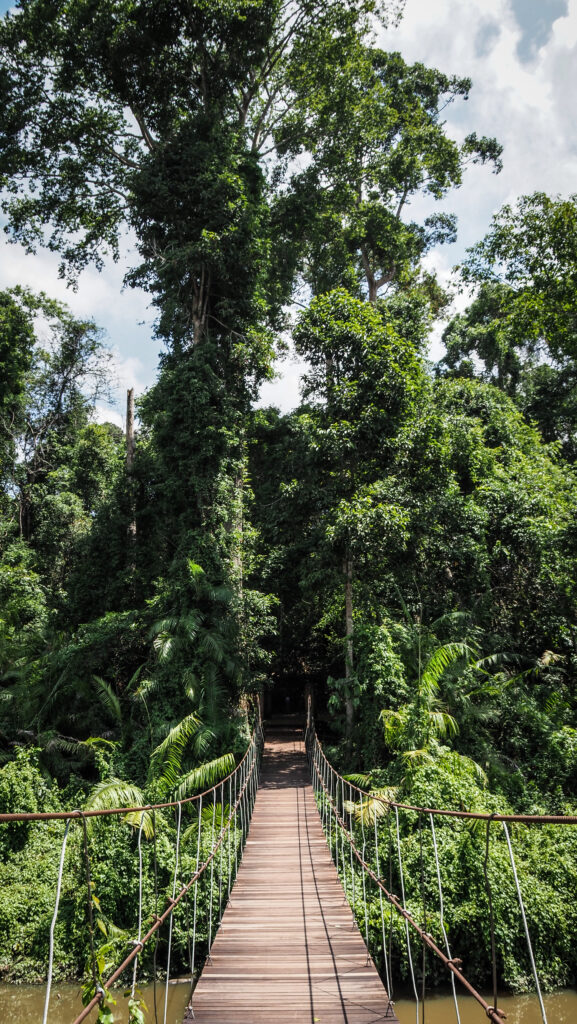
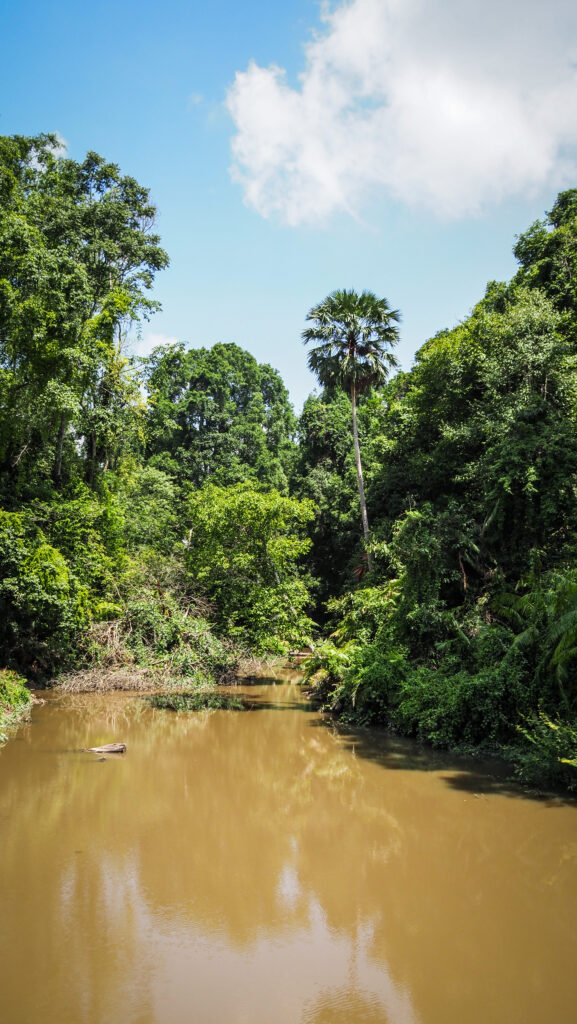
Trail #6: Visitor Center – Haew Suwat Waterfall
Distance: 8 km one-way
Time: 6 hours
The longest and the most challenging trail in the national park. You will walk through both rainforest and dry forests interspersed with bamboo groves. Animals encounters may include elephants, gibbons, Asian black bears and hornbills. There are many twists and turns, so the route may be confusing, and this is why you should consider arranging an experienced trail guide. The reward at the end is one of the two most beautiful waterfalls in the park.
The hikes should be started before 10.00. It is closed between July 1st – August 31st.
Trail #2: Pha Kluai Mai Campground – Haew Suwat Waterfall
Distance: 3 km one-way
Time: 2 hours
This nature trail links two waterfalls, following the Lam Ta Khong stream. Along the trail, you will hear the thundering sound of Pha Kluay Mai Waterfall during the rainy season. Unfortunately, in May the water level was very low so the trail wasn’t that impressive to me. On the other hand, when water levels drop, you can see the traces of lava flow from a volcano hundreds of millions of years ago.
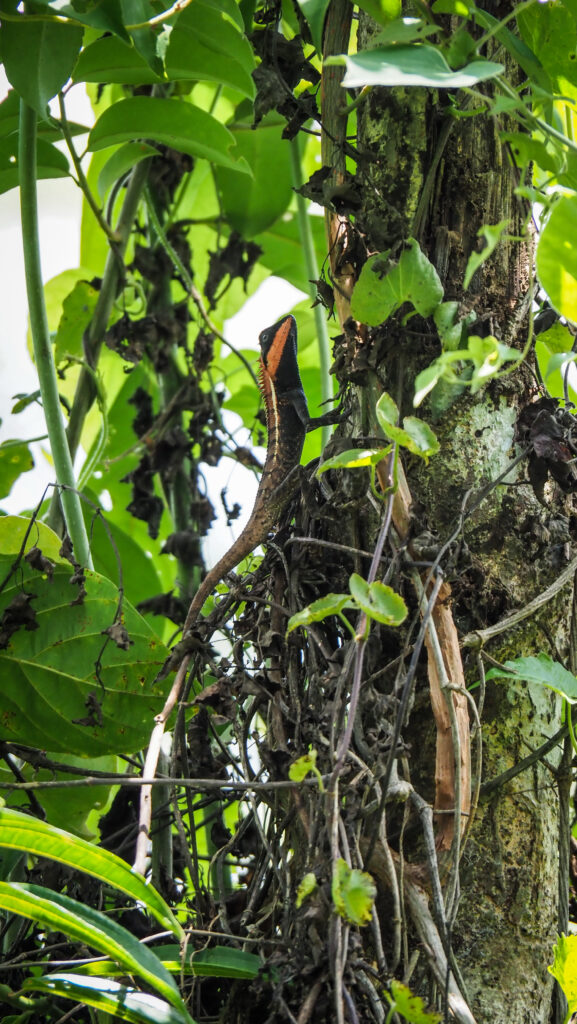
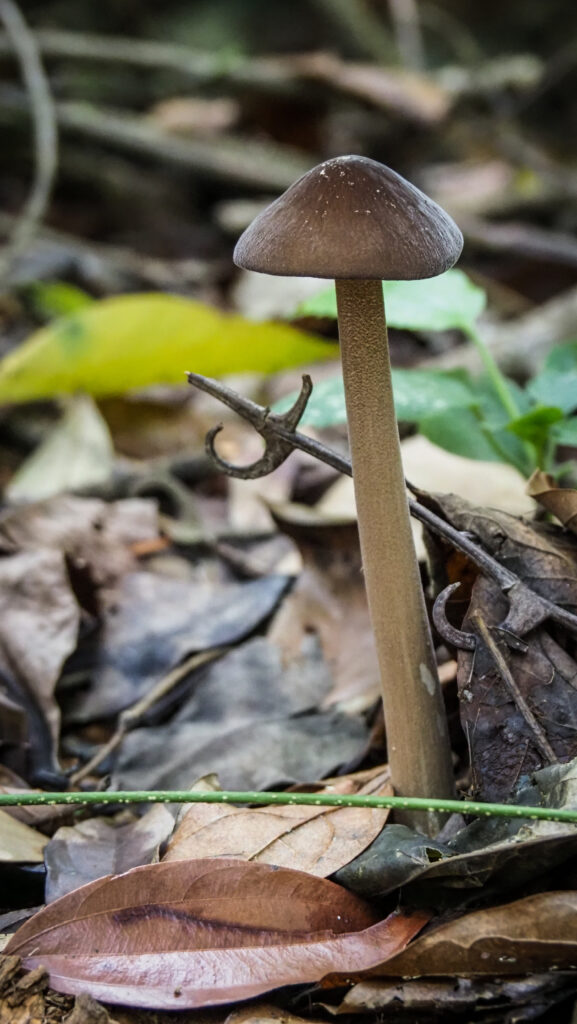
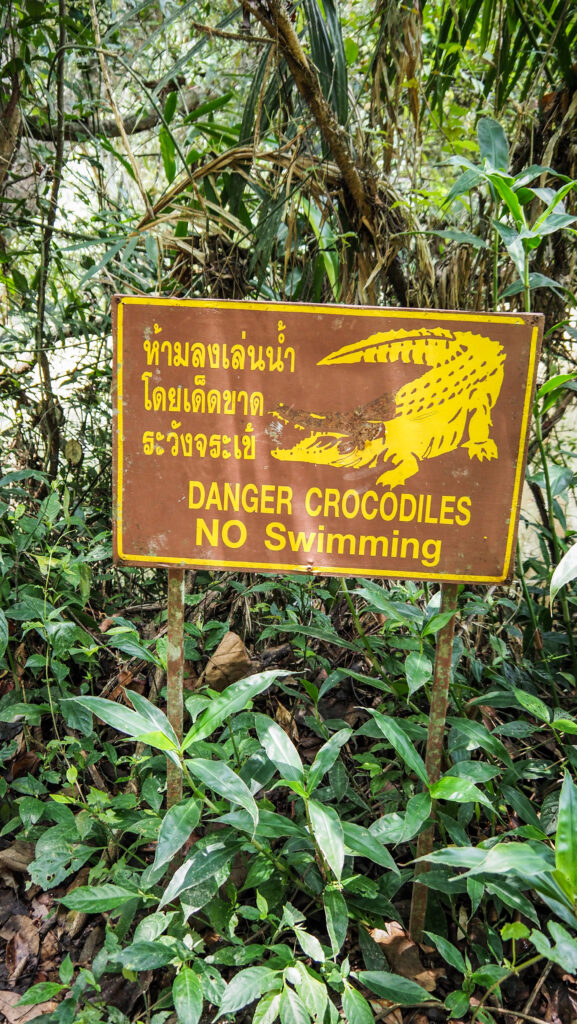
Haew Suwat Waterfall
One of the two most impressive waterfalls in the Khao Yai National Park. Lam Ta Khong stream falls 25 metres down the volcanic rock. There is a nice viewpoint where the falls can be seen through vegetation but for a much better experience, you should go down quite steep steps to the basin. In the dry season, you may check out the cave just behind the water curtain.
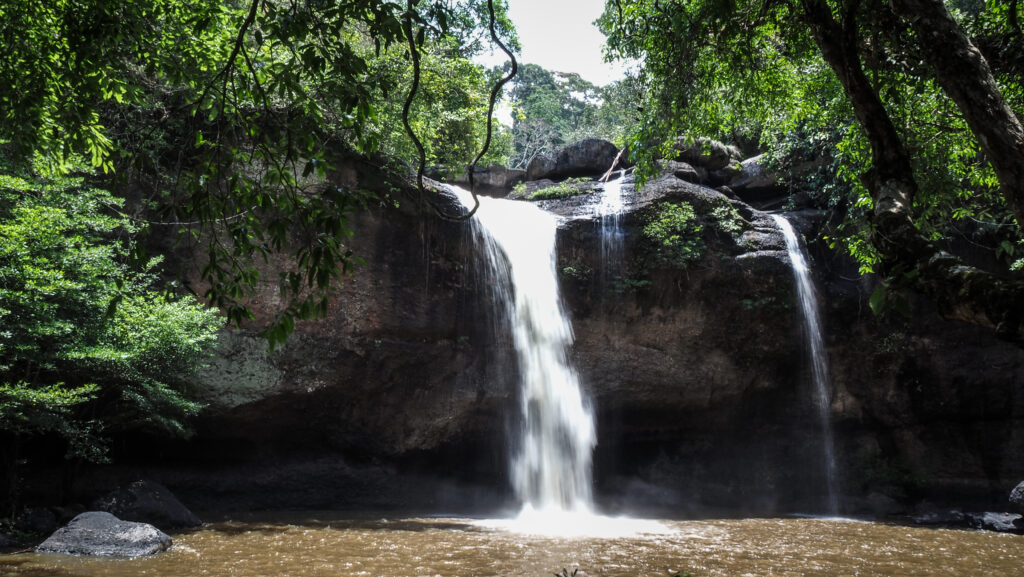
Sai Sorn Reservoir
A picturesque place with plains for picnics and sufficient parking along the road. A popular place for event photography too. Hiking trails #4, #5 and #7 pass nearby.
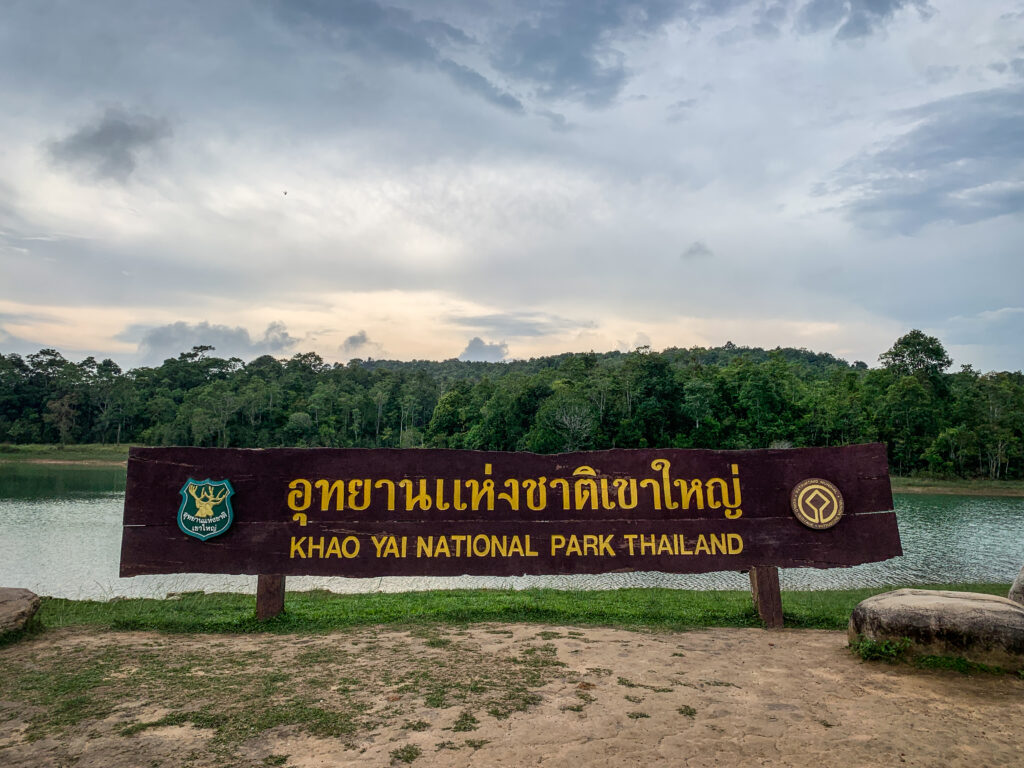
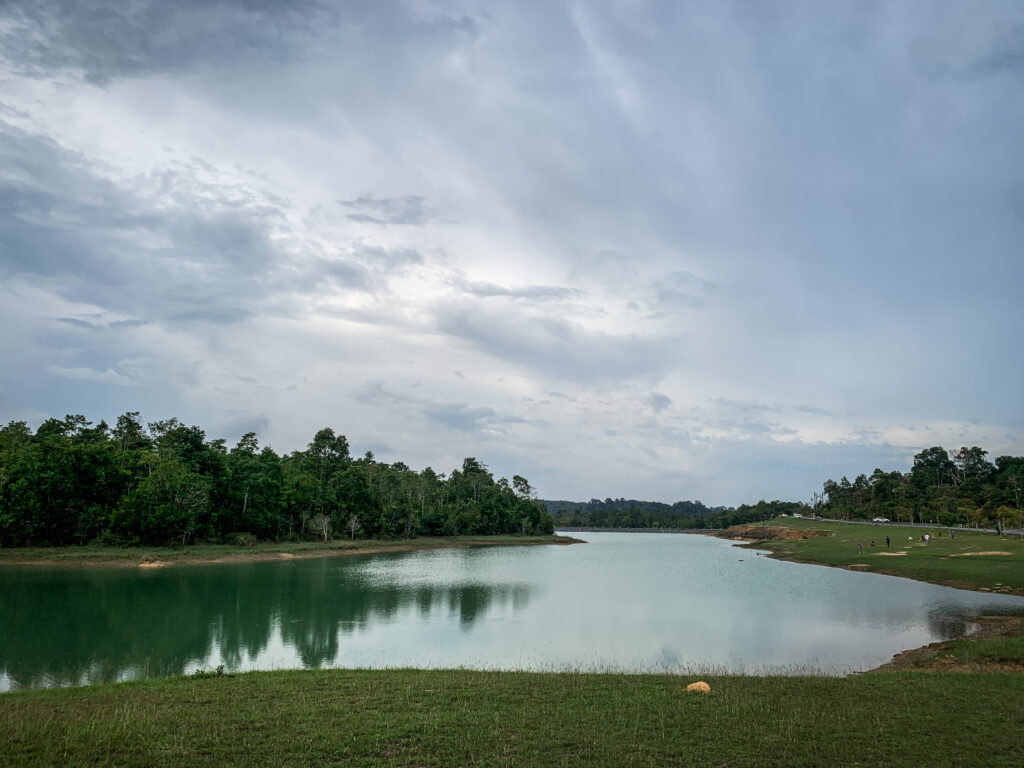
Pha Diaw Dai Viewpoint
The wooden boardwalk is approximately 450 meters long and leads you through a pristine forest, which is extremely atmospheric in the wet weather. The views from the stony edge of the cliff over the Rom Khwang mountain range are truly breathtaking.
While driving up here, you will pass by Viewpoint 3 at Yod Khao Khieo Mountain. The panorama is great as well but there is no place to stop and park a car or motorbike.
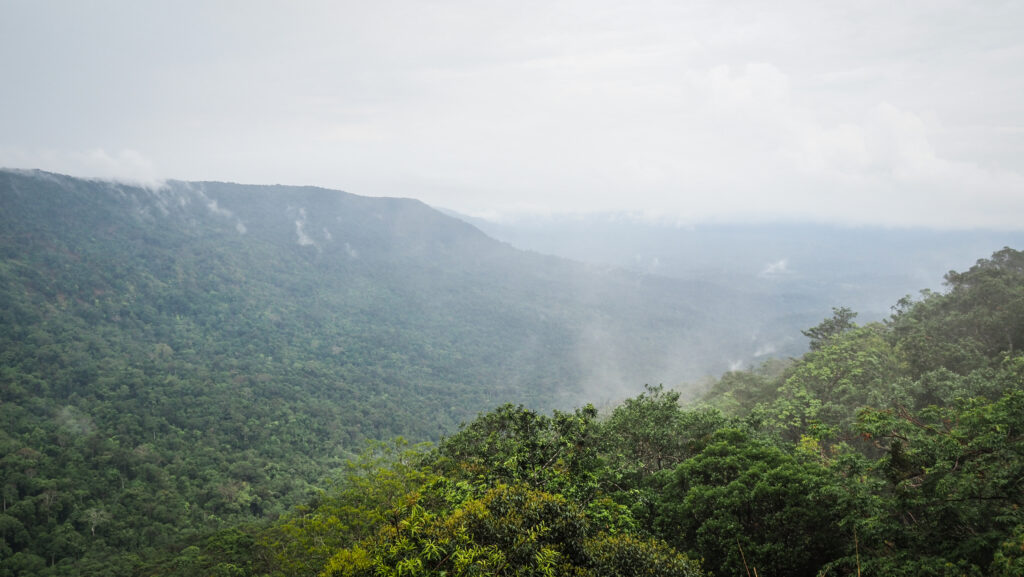
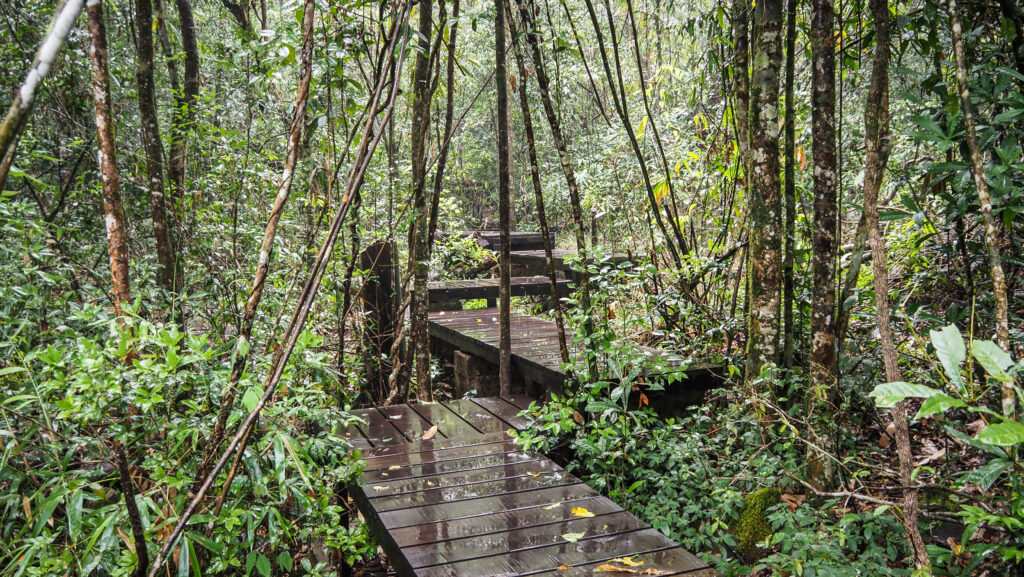
Pha Trom Jai Cliff
It is located 600 metres from the Pha Diaw Dai, just next to the entrance to the Royal Thai Air Force radar station. At an elevation of 1,290 meters above sea level, this is the highest viewpoint in the central region of Thailand. The view, however, isn’t the best.
Haew Narok Waterfall
Haew Narok is located to the south of Khao Yai National Park on Highway 3077, about 23 km from the Visitor Center. It’s an excellent road through the dense forest with a high chance of seeing wild elephants, especially in the later afternoon. Drive slowly!
The waterfalls are the largest and tallest in the park (150 metres). From the parking, there is a 1-kilometre trail going over Huay Samor Poon Stream and then down the steep staircase to the best viewpoint.
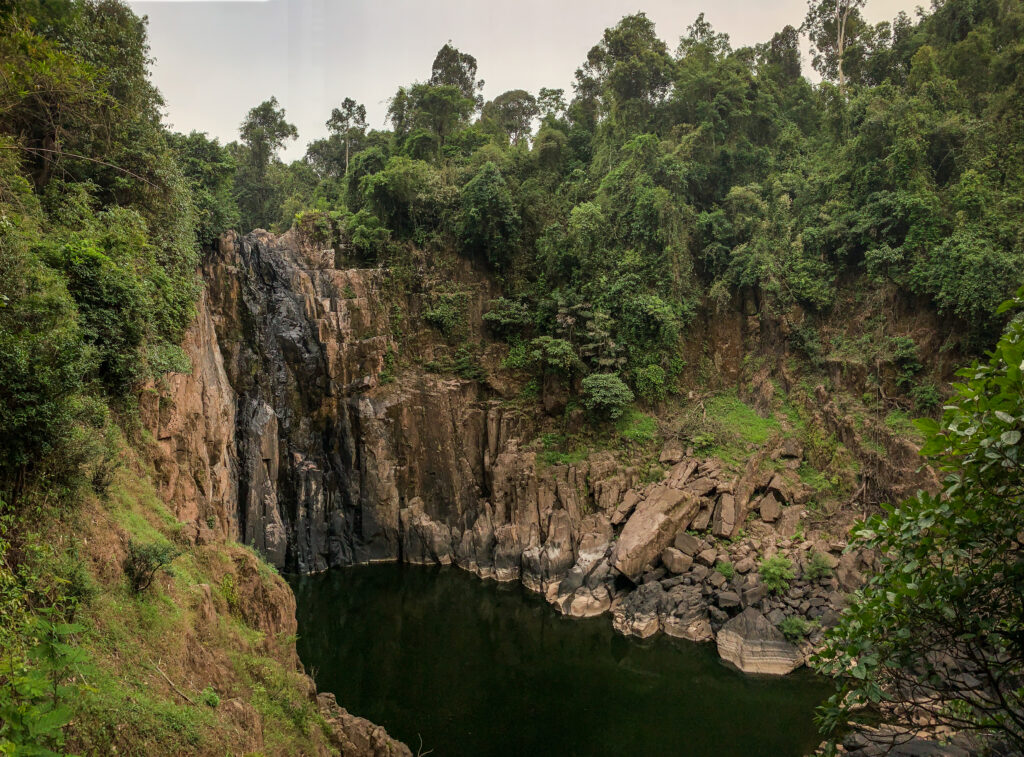
According to the national park website, the area of the waterfall is a permanent part of wild elephants’ foraging range, which has been the cause of tragedy with elephants falling down the waterfall. The first time was on 2 August 1992, when a family of 8 elephants was lost as they were crossing the stream in the forest at the top of Haew Narok Waterfall, making it known as an “elephant graveyard”. On 5 October 2019, another 11 elephants were lost.
Night Safari
When joining the tour, you may see nocturnal animals, such as sambar deer, Malayan porcupine, large Indian civet, Asian palm civet, wild elephant, owls and nightjars. Inquire and reserve a time slot at Khao Yai Visitor Center, at the service desk before 6 p.m. The guided journey on a pick-up truck is 10 km long and takes about one hour. The price is 600 THB per vehicle fitting up to 10 people.
Whitewater Rafting
The rainy season from July to October is the best for this activity as the water current is strong and turbulent, and suitable for rafters wanting to be challenged. Hin Phoeng Rapids is used as a starting point and then a trip continues on a 2.5 km stretch with 6 rapids called Kaeng Hin Phoeng, Kaeng Phak Nam Lom, Kaeng Wang Bon, Kaeng Luk Seua, Kaeng Wang Sai and Kaeng Ngu Hao.
What to do outside of the park
Ban Tha Chang Spring
A popular place for locals to come for a dip. Very clear water with plenty of space to enjoy. You may also rent a kayak and check out the small river. Free entrance and free parking
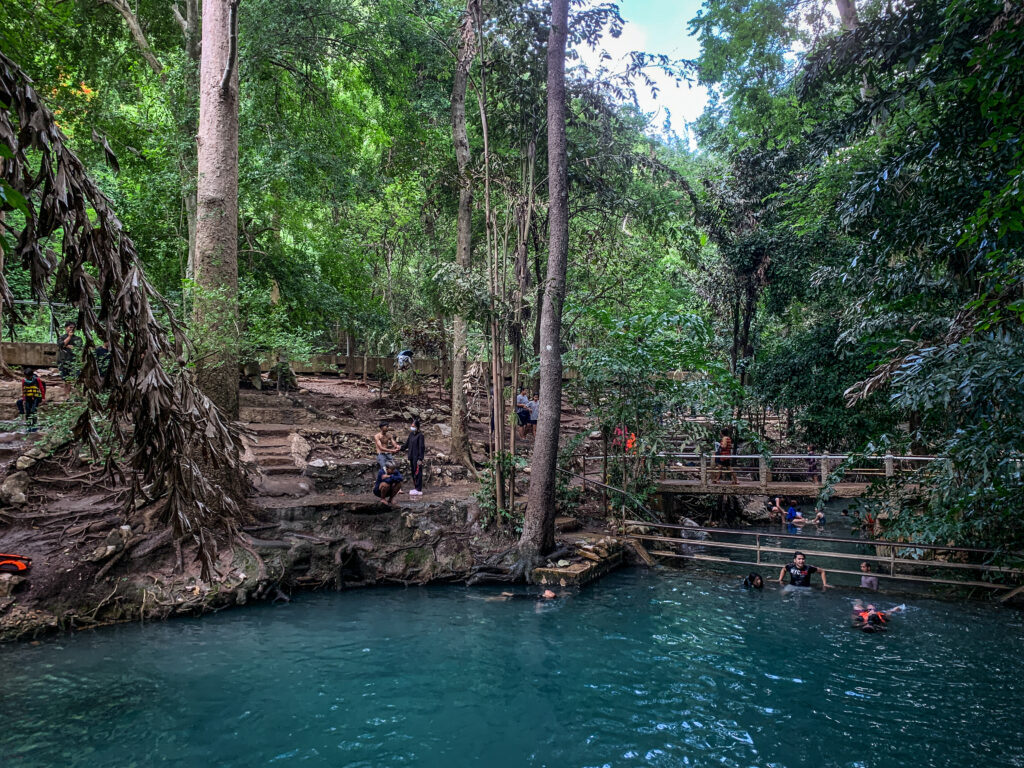
Khao Yai Art Museum
Surprisingly good place with paintings and sculptures of local artists. Don’t miss a walk in the garden which is full of art installations. Free entrance.
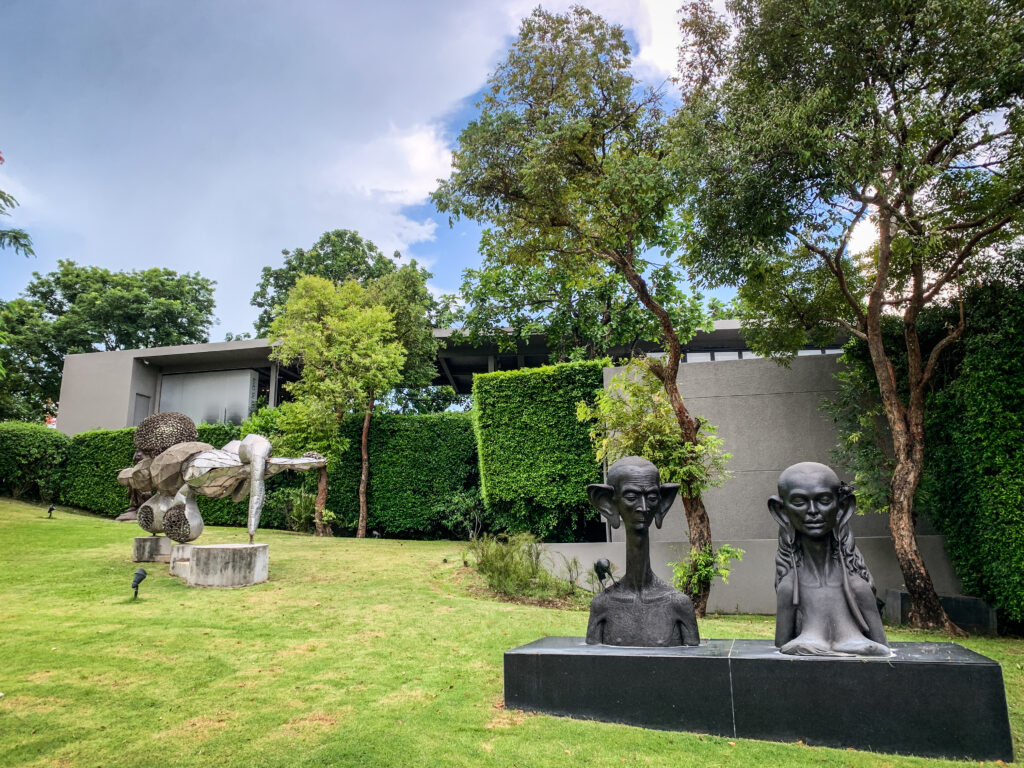
Wat Tham Sila Thong
Ask the monk to give you a key to a cave. It has a hole in the ceiling, but the cave is quite dark so it’s good to have your own flashlight.
Bat Cave
It’s not really a cave to explore, but rather an observation point for a spectacle straight from National Geographic documentaries. At dusk, thousands of bats fly out of the cave in a continuous stream. Unique and amazing experience! The show of nature usually happens between 5:45 PM – 7 PM and lasts for a surprisingly long time. Over 20 minutes once I was there!
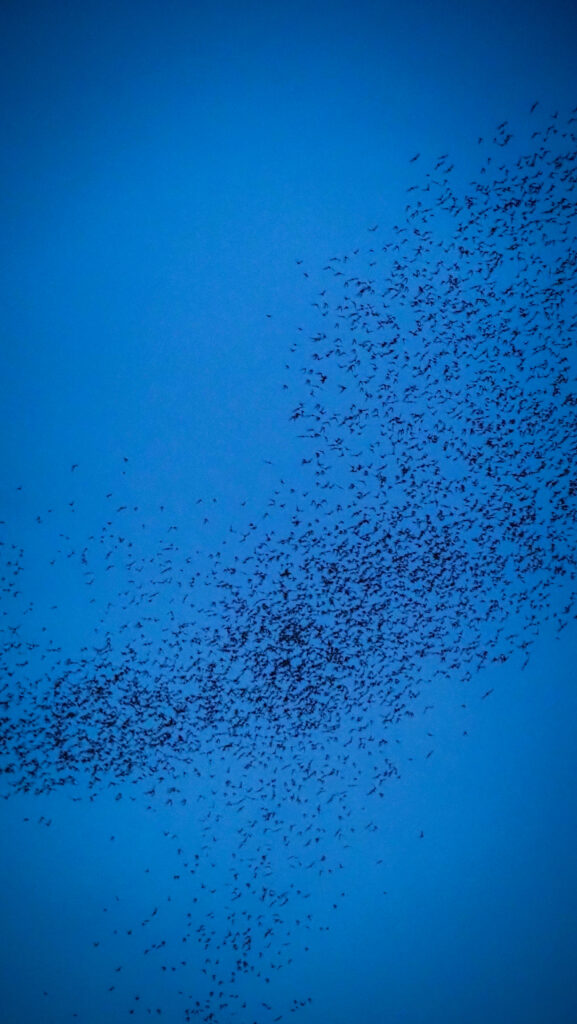
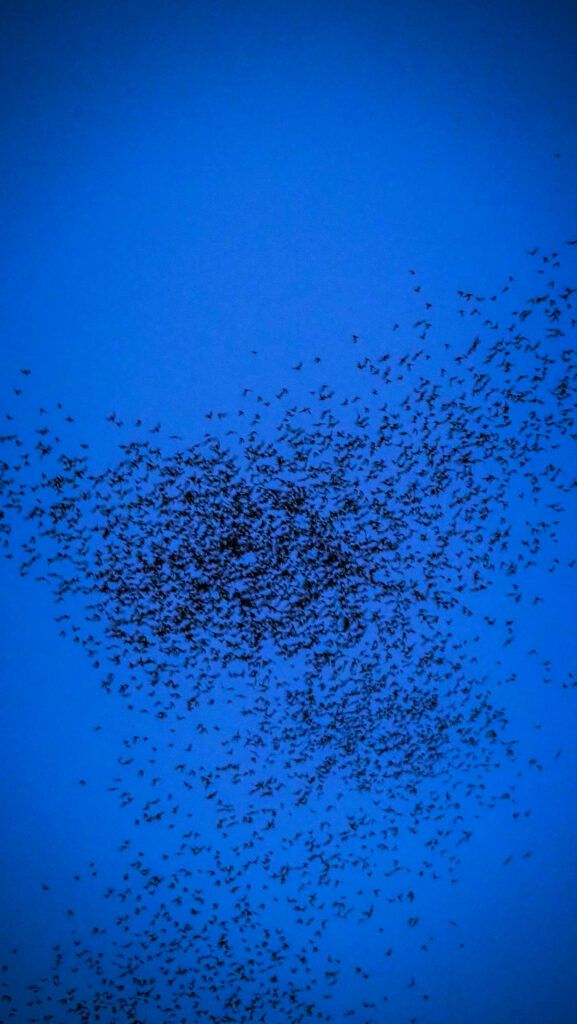
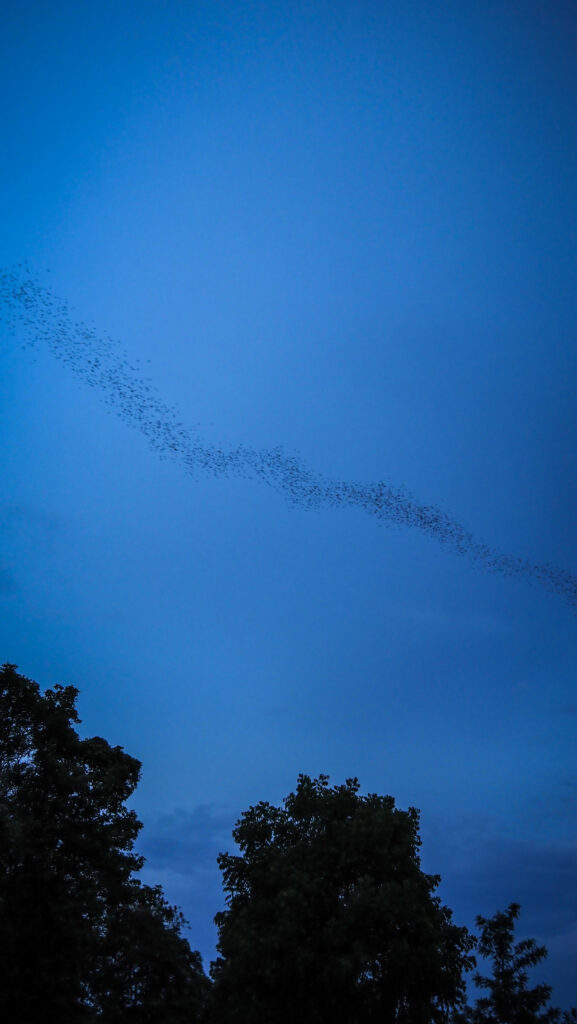
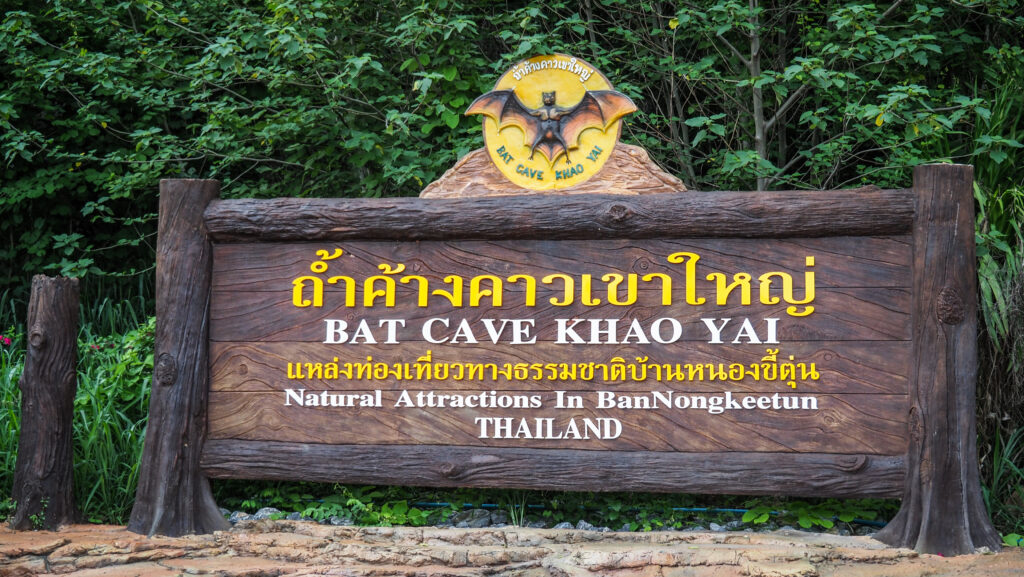
Sarika Waterfall
Another nice waterfall with a beautiful winding road up the mountains to get there. Entrance ticket for foreigners costs 200 THB and for Thais 40 THB. As in all the other waterfalls in this region, it’s best to visit in the rainy season.
Nang Rong Waterfall
Small and free waterfall but unfortunately not very well maintained. A popular picnic place for local people.
Khun Dan Prakarn Chon Dam
The longest and largest dam in Thailand. You can either walk or rent an electric golf cart to get to the other side. Obviously, I recommend walking. There’s also an option to go on a boat trip further down the lake and to the nearby waterfall.

